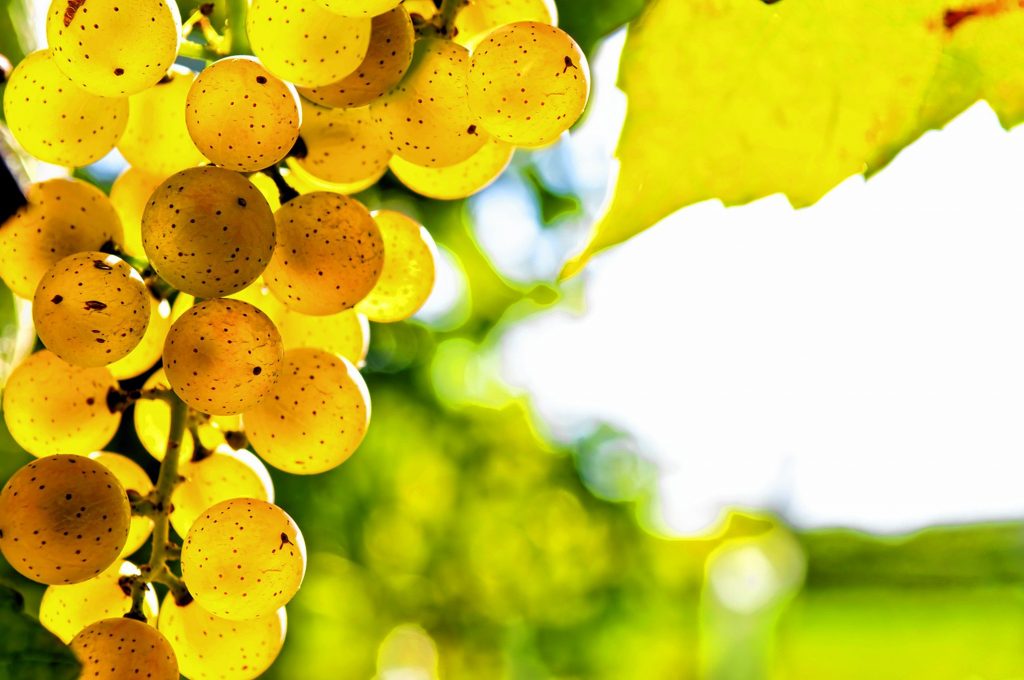Dark Horse Chardonnay, 2014; California, $10.99
When I see a wine suddenly pop up on the shelves of almost every store in the area that sells alcoholic beverages, I’m not inclined to take a bottle home.
That was the case with Dark Horse.
Recently, I saw the name for the first time in one store, and I thought it looked interesting, but I didn’t buy it. The same day, I saw it again in a grocery store, and then at a third place. It seemed as if Dark Horse was being trotted out everywhere, just in time for the horse racing season, not a marketing ploy that appeals to me.
After a week or so of resisting, I gave in and bought a bottle of Dark Horse Chardonnay and one of the Rosé, and I’m glad that I did. They were both on sale for $7.99, and both were surprisingly good, refreshing, dry wines with layers of flavor.
I particularly liked the Chardonnay, a well-balanced wine made from 100-percent Chardonnay grapes that, according to the tasting notes, has flavors of baked apple and pear, layered with toasted oak, caramel and brown spices. Well, I’m not sure about all of that, but the wine is creamy and oaky, and it’s not overpowered by rich foods, such as spicy fish tacos with a creamy cole slaw. It also is not so overpowering that it drowns out such delicate dishes as a light chicken ginger soup. For a decent table wine, there’s not much more that you can ask, certainly in this price range.
Dark Horse is a line of inexpensive wines produced by E&J Gallo Winery, the largest family-owned winery in the world and one of the oldest in the United States. Although Gallo still produces the jug wine that built the winery into a giant organization — employing more than 6,000 people — this is not the same company that was run by Ernest and Julio. Their original business model focused on volume, rather than quality, and garnered little respect from the wine world.
The Gallo of today has 90 brands, many of them premium, and has earned major awards in prestigious wine competitions around the world. The company uses environmentally friendly production methods and has made a commitment to enhancing wildlife habitat through sustainable agricultural practices, something that was started by the founders, the company’s website says.
Ernest and Julio also developed a land management plan for all of the company’s coastal vineyards that sets aside one acre for habitat and wetlands for every planted acre. Their plan has now become the industry standard for California.
The Gallo brothers were innovative in their marketing approach and were among the first to advertise wine on television, running ads that featured the world anthem music of Academy Award-winning Greek composer Vangelis. They, too, led the way in exporting California wines, and, perhaps, were inadvertently responsible for the initial less-than-stellar reputation that the state’s wines gained abroad, an opinion that lingered until the “Judgment of Paris,” the 1976 tasting that established the high quality of Golden State wines.
Until about a year ago, Dark Horse wines had been selling only in 12 states, mostly in Trader Joe’s stores. Gallo launched a campaign to sell the wine nationwide last spring, and it finally reached a broad New England market in the last few months. It’s nice to see that the family members running things today at Gallo haven’t lost the touch for getting their products in front of the customers. The production of the line of Dark Horse wines, which also include a Cabernet Sauvignon and a red blend, is overseen by respected winemaker Beth Liston.
For many years, I did not drink lower priced California Chardonnay. I found it overly sweet and over oaked. But better production methods, changing market tastes and increased competition have resulted in greatly improved offerings in the $10 range, and I’ve become a fan. Now, many affordable California Chardonnays are on the market that are dry and refreshing. They are good to enjoy throughout the year, especially during the holidays and when the nights are still cool.
Dark Horse Chardonnay, and the Rosé, are very good wines that taste like wines that are twice the price. And they have another edge: They are easy to find. They are everywhere, just look around.•
Suggestions of wines in the $10 range are always appreciated. Warren Johnston can be reached at raise.your.glass.to.wine@gmail.com.




